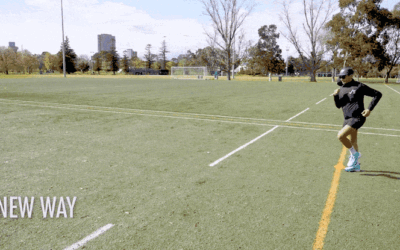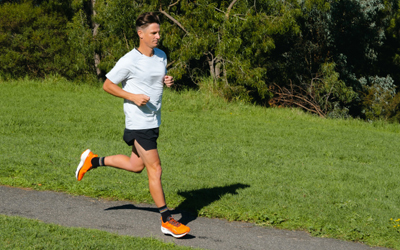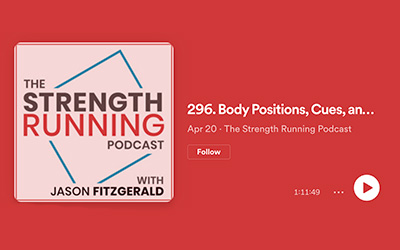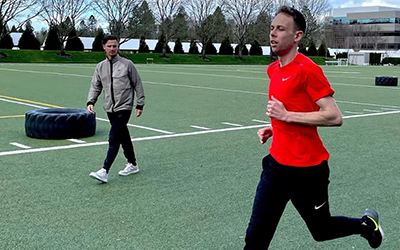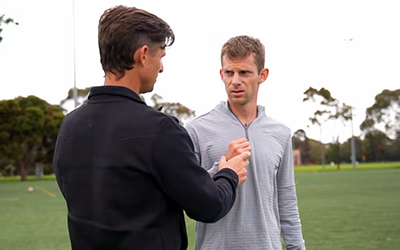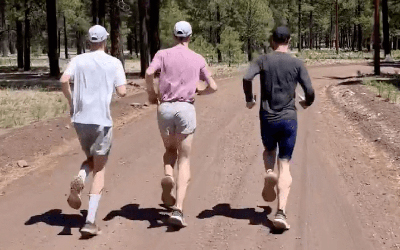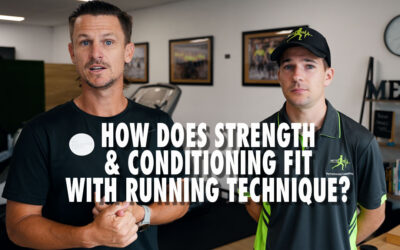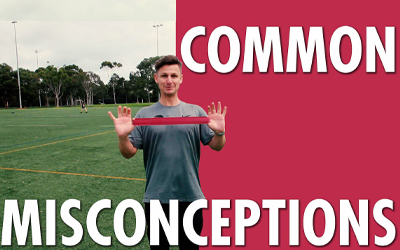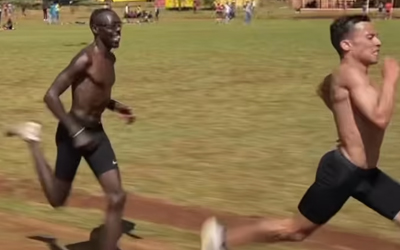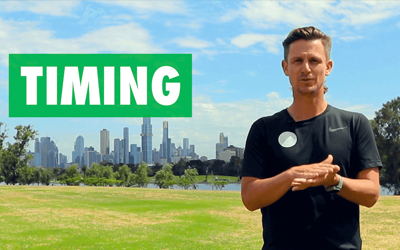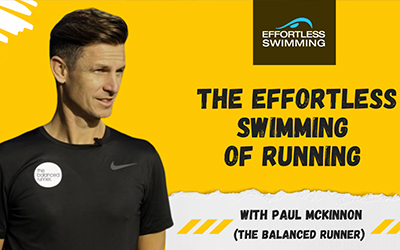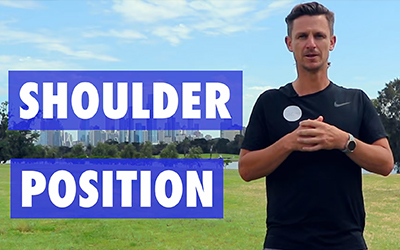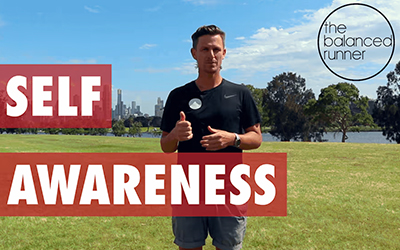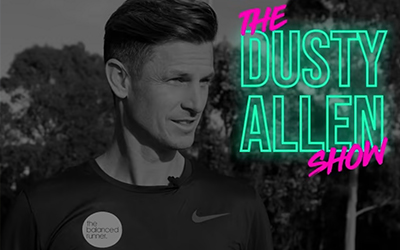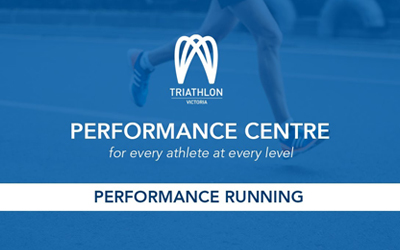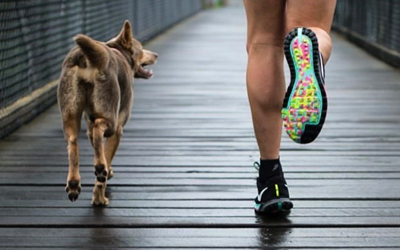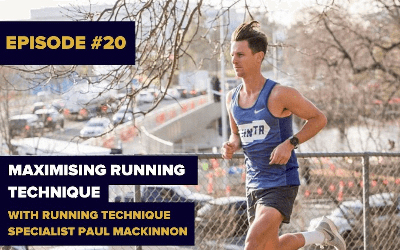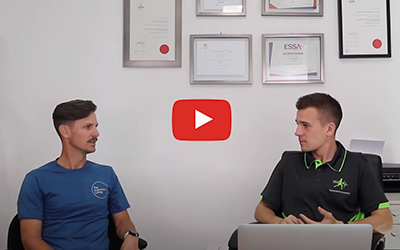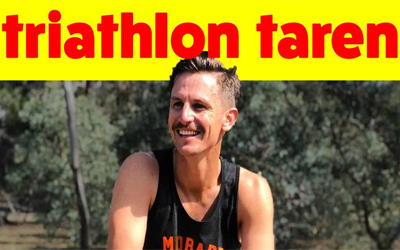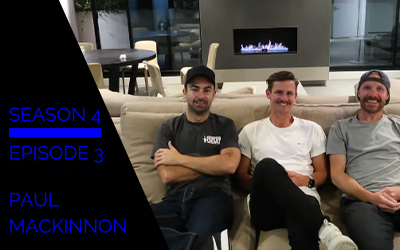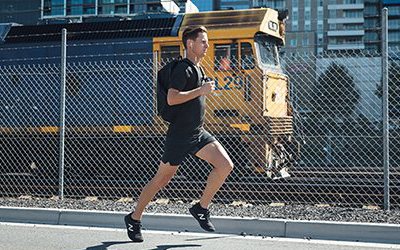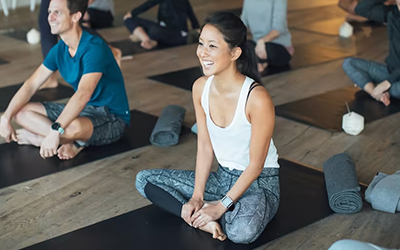One of the foundations of Running Technique explained – Running vs Walking Mechanic
7 January 2024 | Category: Running Technique Advice
Paul breaks down the common mechanics in both walking and running, and how using the proper running mechanic can make you more powerful, more economical and less prone to injury.
In this video Paul breaks down one of the key components of his running technique philosophy, and also the most common mechanics for both running and walking.
This is definitely a topic that is best viewed via video so that you can see the movement broken down and hear the explanation, so we recommend you watch the video above.
The topics covered:
The three examples of mechanics that cover walking and running.
1. Walking Mechanic
The standard walking mechanic has your hand matching in time and synchronising with your opposite foot for each step. This means that the end of each lever is moving in harmony, and the timing is between the end of each lever.
2. Running Mechanic
When most people get into position to run, they automatically raise their hands, this provides a shorter lever for the arm swing. The running mechanic that generates the most power is matching and synchronising the elbow (so the end of the upper limb when hands are raised) to the knee, which is the at the end of the upper leg. This mechanic allow for the pendulum motion of the arm swing to time with the top of the knee lift and allows for the foot to fall directly beneath the body, and drive forward.
3. A Hybrid Mechanic
Where many runners have problems, is they naturally assume a hybrid approach. This means that the elbow (hands raised for running), matches with the end of the lower leg, the foot (as with the walking mechanic). This allows for the foot to come well out in front of the body and land in front of the body, as it is timed with when the elbows are swinging back, rather than the knee being timed with the elbows swinging back – completely independent to the footstrike.
I have a Hybrid Mechanic – how do I change it?
This is one of the key tenets of the online membership – this particular cue working through timing is called the Matching & Marching cue, Paul breaks down how to match the timing of the upper body with the timing of the upper leg and improve your running economy.
Check out more articles, podcast appearances and running technique tips:
Is There An Ideal Cadence When Running?
Cadence in running is so poorly used and in most cases poorly understood.For those wondering, cadence is the number of steps taken within a minute. It is an outcome…
Broadsheet Feature Article: The Science To Help You Become a Better Runner
Broadsheet Feature Article: The Science To Help You Become a Better Runner 3 June 2023 | Category: Running Technique AdviceThis article originally appeared in Broadsheet in May 2023 as a feature between Paul MacKinnon and Puma Nitro. Photography by...
The Ultimate Running Form Episode with the Strength Running Podcast
The Ultimate Running Form Episode with the Strength Running Podcast 10 May 2023 | Category: PodcastPaul joined Jason Fitzgerald on the Strength Running Podcast for a great chat about everything running & running form. This podcast appearance...
Running Technique learnings from Galen Rupp
I have been lucky enough to work with Galen Rupp a few times over the past year as he looked to get back to his best for the marathon, find out some of the key learnings.
Congratulations Brett Robinson – Australian Marathon Record
I’ve been working with Brett Robinson for a little while now and a few weeks ago in the lead up to the Fukuoka Marathon we recorded the session to give some insight into Brett’s focus.
Jakob & Henrik Ingebrigtsen Form Comparison
This is just a very short breakdown of the form of the Ingebrigtsen brothers while they jog together.
Paul joins For The Kudos Podcast for a Technique Q&A
Paul has been working with both Brett and Joel over the past couple of years to improve their technique and their performance, so the boys invited him on to one of the Question & Answer episodes of the Podcast.
Running Technique Coaching vs Strength & Conditioning
If you have followed Paul for a while, you will know that he likes to have a bit of fun at the expense of the idea of a strength program improving your running technique. In this discussion with Exercise Scientist Nick Jankovskis we take the chance to explore where strength training does improve running and where it does not.
Common Misconceptions – Do Running Drills and Activation Improve Your Technique?
There are many common misconceptions around running and running technique. We are here to break down some common ones. Do drills, strength work and activation help your running technique?
An example of Stride & Cadence with Paul Chelimo and Luis Orta
I saw this video recently and thought it was a great opportunity to highlight the difference movement can make to running at top speed.
If you’ve been following for a while you’ll know I don’t use cadence as a cue, but it is a good indicator. In this case Paul Chelimo is 204 and Luis Orta is 240.
Timing of your movement when running
The timing of your movement is critical when running. This article outlines how to think about this and the affect it can have on injury. Running in time on your left and right side is a vital aspect of becoming a balanced runner.
Paul joins the Effortless Swimming Podcast
Paul and Brenton connected a little while ago over the similarities of their methodology and disruption of technique coaching, hence Brenton’s name for this podcast is ‘The Effortless Swimming of Running’, or as we might call it, Paul joined ‘The Balanced Runner of Swimming’!
How do you hold your shoulders when running?
How do you hold your shoulders when you are running? In this summary, we outline the common issues with tension in shoulders that many runners exhibit and how to switch off or open up your shoulders and the impact it can have.
How Do You Identify Your Running Technique?
A lot of people don’t take the time to be fully aware of what their body is doing while they are running. This article explains how to work through each part of your body and feel what is doing while you are running, and how to feel your own movement pattern.
Paul joins the Dusty Allen Show Podcast
The Dusty Allen show is borne on the premise that extraordinary stories are everywhere, you just need to know where to find them. Listen to the chat between Paul and Dusty.
Triathlon Victoria – The Performance Centre: Performance Running
Watch the Triathlon Victoria Performance Centre series, where Paul joined a host of other high-level coaches to discuss various aspects of performance running.
Why you should listen to your foot strike while running
Find out why all runners should listen to their feet and their ground contact when running on a wet or loose surface.
The Inside Running Podcast Featuring Paul Mackinnon
The Inside Running Podcast Featuring Paul Mackinnon Article | 28/1/2020 | Category: PodcastAfter working with Julian Spence on his technique over the last few months, Paul joins him for a chat about running, life and his philosophy of running...
Maximising running technique with the Athlete’s Garage Podcast
Maximising running technique with the Athlete’s Garage Podcast Article | 20 December 2019 | Category: PodcastThe Athlete’s Garage is a podcast by The Motion Mechanic and Paul joined them in November 2019 to discuss everything about running...
Who Taught You to Run? With METS Performance Consulting
Who Taught You to Run? With METS Performance ConsultingPaul joins the team from METS Performance Consulting on the Physiology Secrets podcast to discuss running technique and the potential impact it has on performance for all athletes.Have you ever...
Triathlon Taren Podcast Interview
Triathlon Taren Podcast InterviewPaul joined Triathlon Taren for a video based session to review his technique and then an interview on his Podcast. You can listen below and check out more of Taren’s work at https://mymottiv.com/ or on YouTube at...
Runner Chats with Paul Mackinnon
Runner Chats with Paul Mackinnon A laid back chat about life and running with Pete and Nathan from Runner Chats. Ranging from everything from hockey to Run the Bay Relay and a little bit of technique. Check out the podcast below or the rest of...
Zero to Half-Marathon in 4 Months
Zero to Half-Marathon in 4 Months 3 May 2018 | Category: Running Technique AdviceThis article was first featured in Men’s Fitness Magazine. Paul MacKinnon, aka the balanced runner, gives us some simple tips on how to get from the couch to a half...
Post from Spoonful of Sarah: The one fix that changed my running life
Post from Spoonful of Sarah: The one fix that changed my running life This post is originally from Spoonful of Sarah – The one fix that changed my running life by Sarah HollowayAs you may also know, running is not my exercise of choice both because...
